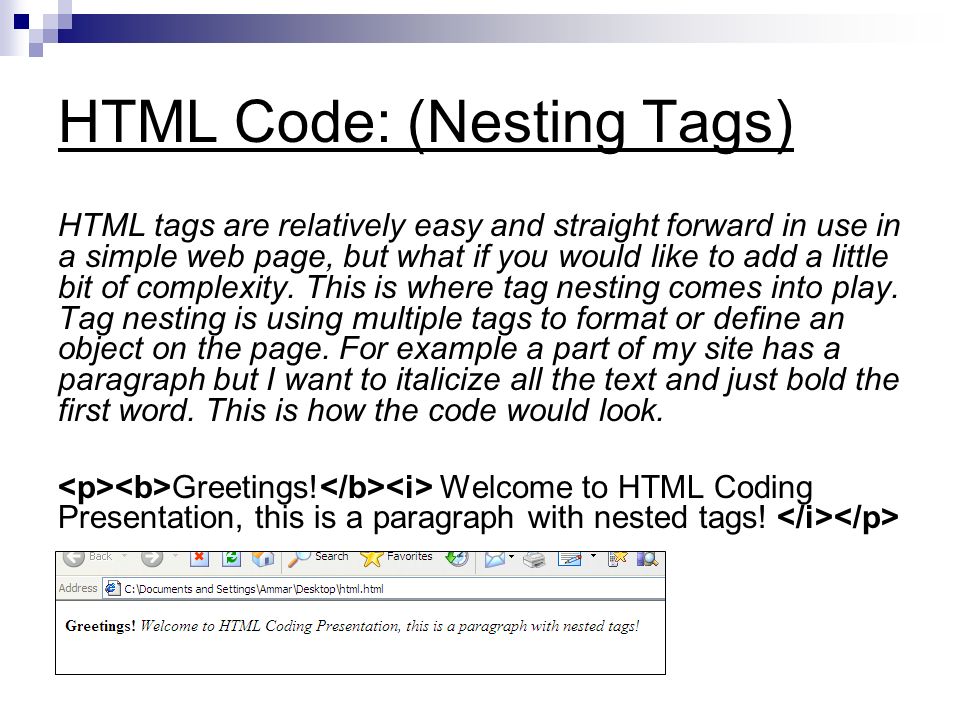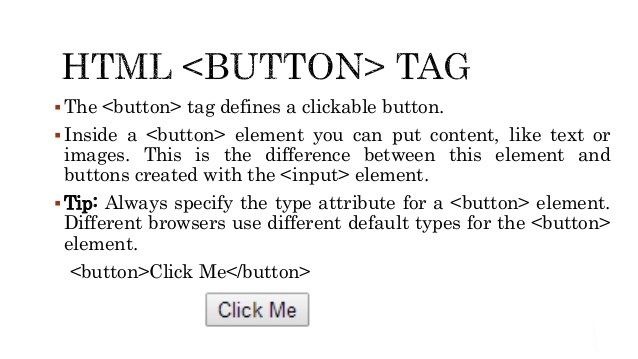XML Introduction
The essence of XML is in its name: Extensible Markup Language.
Extensible
XML is extensible. It lets you define your own tags, the order in which they occur, and how they should be processed or displayed. Another way to think about extensibility is to consider that XML allows all of us to extend our notion of what a document is: it can be a file that lives on a file server, or it can be a transient piece of data that flows between two computer systems (as in the case of Web Services).
Markup
The most recognizable feature of XML is its tags, or elements (to be more accurate). In fact, the elements you’ll create in XML will be very similar to the elements you’ve already been creating in your HTML documents. However, XML allows you to define your own set of tags.
Language
XML is a language that’s very similar to HTML. It’s much more flexible than HTML because it allows you to create your own custom tags. However, it’s important to realize that XML is not just a language. XML is a meta-language: a language that allows us to create or define other languages. For example, with XML we can create other languages, such as RSS, MathML (a mathematical markup language), and even tools like XSLT. More on this later.
A basic summary of the main features of XML follows:
• Excellent for handling data with a complex structure or atypical data
• Data described using markup language
• Text data description
• Human- and computer-friendly format
• Handles data in a tree structure having one-and only one-root element
• Excellent for long-term data storage and data reusability







Leave A Comment